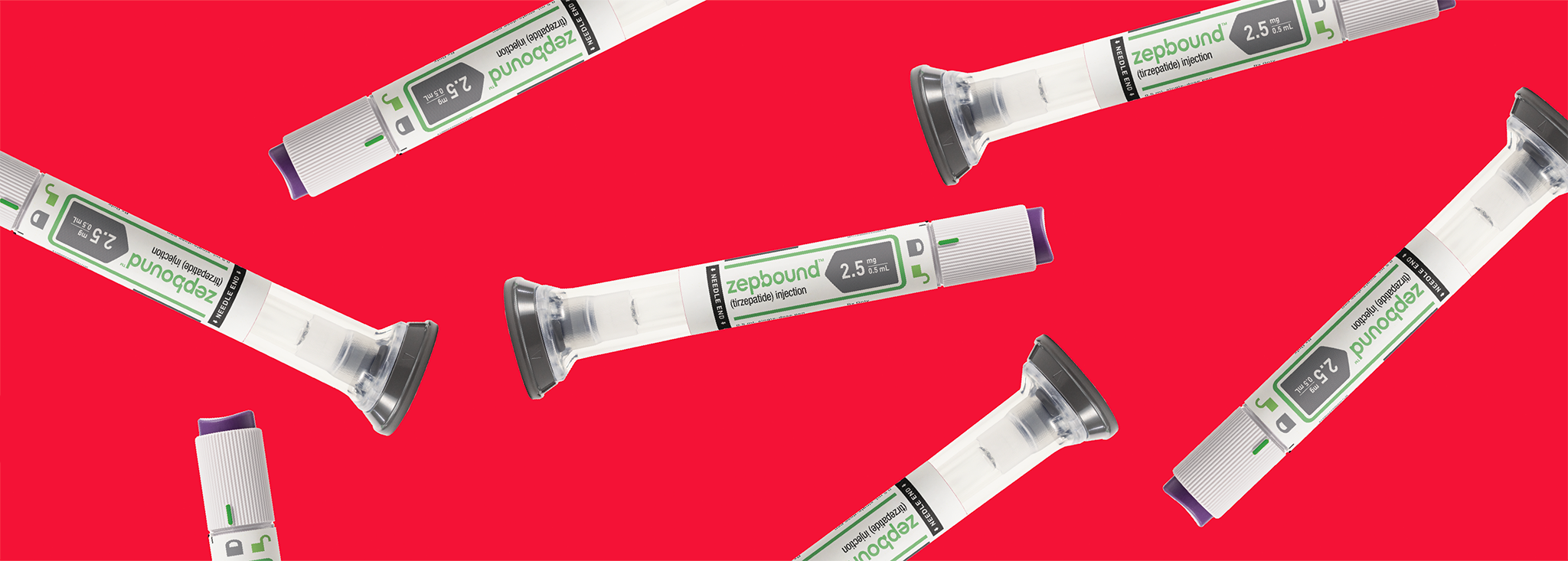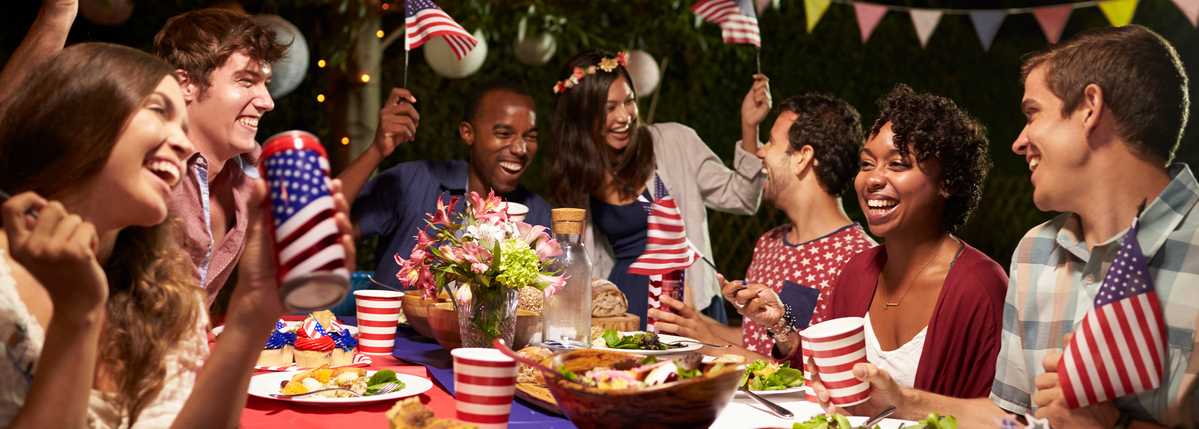Day of the Dead, Mexican Traditions And Our Altar: A Type 2 Diabetes Guide
Written by: Mariana Gomez
3 minute read
October 18, 2021
Day of the Dead is celebrated from November 1st to 2nd. Use this guide to help navigate the holiday.
Day of the Dead (November 1-2) is one of the most colorful parties in my country of Mexico. It is a pre-Hispanic tradition that despite having undergone changes over time, we follow closely and honor year after year. Talking about death is not a hobby for anyone but to think that a life has been fully lived and the memory of the one who has left us will be honored for many years is always an incentive.
In my country, in addition to celebrating it with many colors and parties, we prepare the famous altar.
The altar is always full of memories of the person who has passed away, including photos and clothes and typical food for the commemoration and even some of the food that used to be our loved one’s favorite.
Some foods are also eaten as a family. If you live with type 2 diabetes (T2D) you should know that many of these holiday foods are high in calories and carbohydrates.
Let’s talk about the ones that can not be missing in your altar, or in your walk around the city: Calaverita de Azúcar (sugar skull), Pan de Muerto (bread of the dead) and of course tequila.
Calaverita de azúcar
This is a large-sized candy made with—you’ve guessed it—sugar. It is also mixed with water and some dyes. Fortunately, today we are a little more health-conscious and we can find some made with amaranth but it is practically impossible not to buy one to be used as a decoration for our houses and of course, it is equally difficult not to taste it a little.
Ingredients (may be modified): powder sugar, vanilla, corn syrup, eggs, cornstarch
Nutritional information: Calculating the nutritional content of one of these sweets is really hard because it will depend to a large extent on the preparation and on the ingredients.
Calories: approximately 140 kcal
Carbohydrates: 36 grams approximately
Sugars: approximately 29 grams
Recommendation: They look much more beautiful as an ornament! If you can avoid them, do so! It is true that we can practically eat any foods we want but to calculate a certain dose of insulin to eat a sweet of this type is a titanic task.
Pan de Muerto
Since September, our bakeries have been featuring the Pan de Muerto. This bread is a literal representation of: La Muerte (death). You will usually find them in a circular shape, although today you can find them in some shopping centers transformed into cupcakes. This circular shape symbolizes the cycle of life and death. The circle in the center represents a skull and you can see that the four thickest parts represent bones although in some research I found that they also symbolize the four cardinal points. Interesting, isn’t it?
Ingredients (may be modified): flour, butter, sugar, eggs, milk.
Nutritional information: As with the sugar skull, calculating the nutritional content is complicated, but approximately 100 grams will contain the following nutritional information. Of course, 100 grams of Pan de Muerto is a slice as thin as a piece of paper.
- Calories 198 kcal
- Carbs 31.5 g
- Sugar 2 g
- Fat 5.4 g
Recommendation: Look for options made with whole grains, you can even find options without sprinkled sugar at the bakeries. Try to have your thin slice with a cup of unsweetened coffee instead of a cup of hot chocolate, as it is traditionally done.
Tequila
If you live in Mexico or if you’ve traveled to my country I am certain that you know about this alcoholic beverage. It bears the name tequila for the city from which it originated: Tequila, Jalisco. Legend has it that some Indians discovered it when lightning struck the agaves. The legend also says that years later the Spaniards took on the task of distilling it.
Nutritional information: Tequila is a “beware” drink with a high alcohol content that you must know how to handle intelligently. If you want to know more about the consumption of alcoholic beverages, do not hesitate to visit our section dedicated to this topic here. Although it does not contain carbohydrates you should be especially careful because these kilocalories will not help you if you are following a healthy nutritional plan.
Calories: approximately 140 kcal (per shot or 30ml glass)
Carbohydrates: 0 grams
Recommendation: The recommendation with alcohol is always the same, try to consume it along with food. Remember to check your blood glucose levels more often and limit your intake to two shots.
Parade Preparations
If you are one of those adventurers who also participate in the parades, we suggest you take some precautions.
Test your glucose levels: Remember that in some commemorative parades you will be walking more than usual. You don’t want to experience hypoglycemia and miss the traditions and costumes. Test your blood glucose levels more often.
Carbohydrates: Take some simple carbohydrate sources with you. That way, if your blood glucose levels drop you can treat them in time and you will not miss the fun.
Plan B: Don’t forget to bring a plan b in your bag or backpack. If you are using an insulin pump, take extra supplies with you. Check out our daily diabetes care kit with ideas on what to take with you.
And finally, have fun, let’s make this season a time to remember we are grateful to be alive.

Author
Mariana Gomez
Mariana is a psychologist and diabetes educator. She is the creator of Dulcesitosparami, one of the first online spaces for people with type 1 diabetes in Mexico. She is the co-author of the children’s book Había una vez una Diabetes (Once Upon a Time There was Diabetes) with Eugenia Araiza and co-founder of Diabetes and Co, a diabetes education online platform for Spanish-speaking audiences with type 1 and type 2 diabetes. Mariana is currently the director of emerging markets at Beyond Type 1. She was diagnosed with type 1 diabetes more than 30 years ago and is the mother of a teenager.
Related Resources

Between the rising cost of food, paying for diabetes medications and other living expenses, you...
Read more

Getting a type 2 diabetes (T2D) diagnosis can be overwhelming, scary and lead to many...
Read more

On November 8th, 2023, Eli Lilly and Company’s Zepbound (tirzepatide) received FDA approval as the...
Read more

